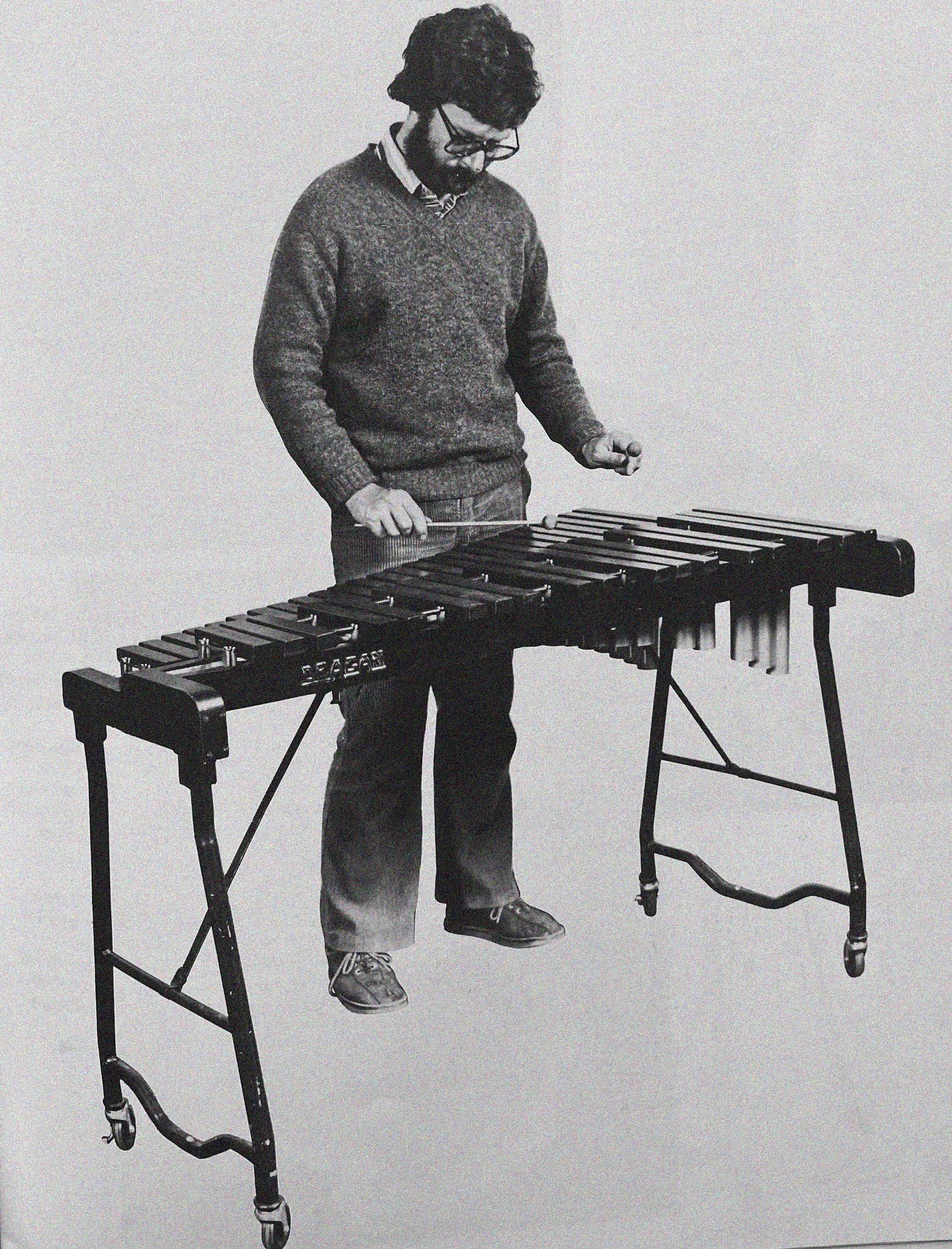Crossing the English Channel on "D-Day", 6 June 1944
Source: http://www.history.navy.mil/
Normandy Invasion, June 1944
-- Crossing the English Channel on "D-Day", 6 June 1944
The English Channel, nearly a hundred miles wide between Portsmouth, England, and the Normandy beaches, was a formidible military barrier. Early in the previous century it had thwarted Napoleon. In 1940 it stopped the conquering Germans. Now, in the spring of 1944, the Allies needed thousands of ships and craft to transport their armies across the Channel and begin the liberation of France. To compound the difficulties of a long water passage, the always problematical weather could fatally disrupt landing operations, and the Germans had liberally planted sea mines in the central Channel and off likely invasion beaches.
A storm delayed the operation, originally scheduled for 5 June, after much of the invasion force had left embarkation points, forcing landing vessels back into port, where their crews and passengers endured the wait amid often crowded and uncomfortable circumstances. Presented with a better forecast for the sixth, General Eisenhower made a tentative decision late in the evening of 4 June to get shipping moving, and gave the final "O.K. We'll go." shortly after 4AM on the fifth.
By then, minesweepers were clearing shipping lanes through a fifteen mile wide southward path. Invasion shipping, nearly sixty separate convoys in the initial assault, with more behind, headed for the target area via a wide-topped "T"-shaped route, gathering off the Isle of Wight from various ports along England's southern coast, then turning south to cross the Channel in the recently swept lanes. Many vessels towed barrage balloons, protection against German bombing attacks that didn't come, since the enemy's weak air reconnaissance kept him ignorant of what was happening.
The passage across was anything but smooth, especially for infantry and tank landing craft, many of whose passengers suffered hours of seasickness during the night of 5-6 June. As the convoys approached Normandy, their courses flared out somewhat, taking them to staging areas off the individual landing beaches. Most ships were in their places well before dawn. Further inshore, the busy minesweepers continued their work, opening safe (or at least relatively safe) channels and working areas for landing boats and gunfire support ships.
Overhead in the darkness, a steady procession of hundreds of transport planes and gliders moved over Normandy, dropping U.S. paratroopers inland of the westernmost ("Utah") beach. British parachutists descended in the southeastern part of the assault zone. Behind the initial waves of ships and planes came more, in a flow that would continue for months to come, reinforcing the initial landings and providing logistics support for the armies as they consolidated their beachhead, broke out, and fought their way across northwestern Europe.



